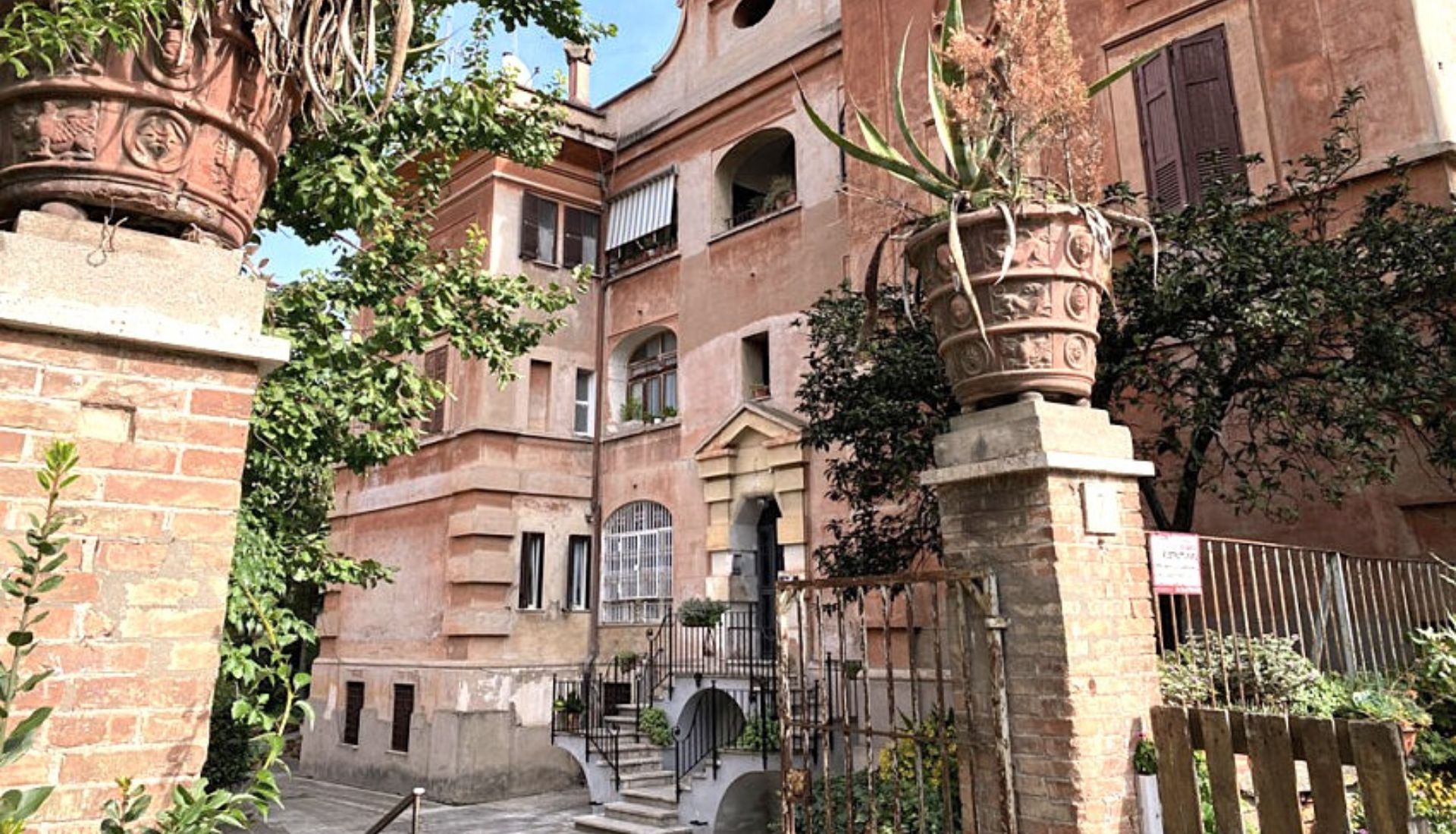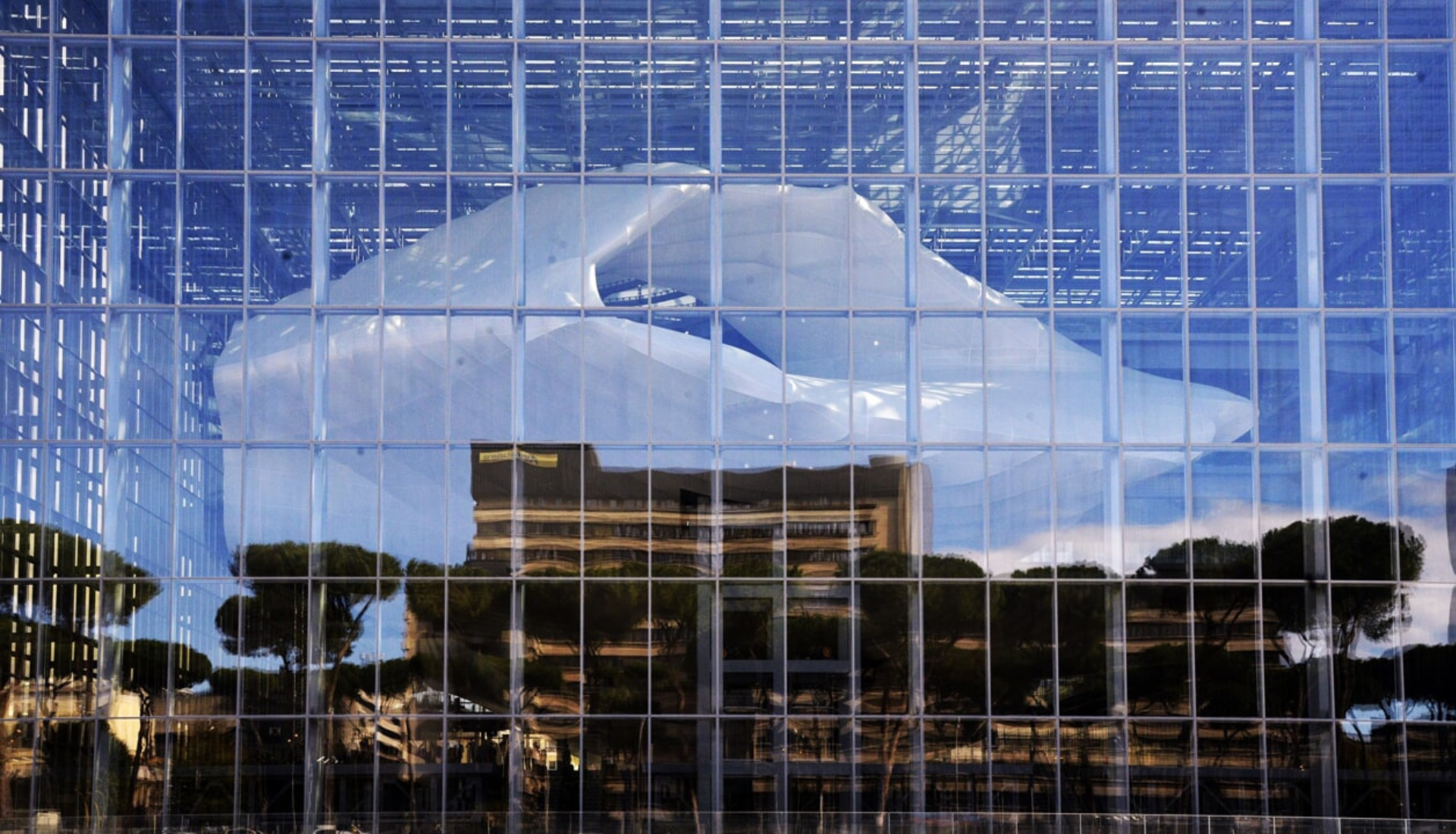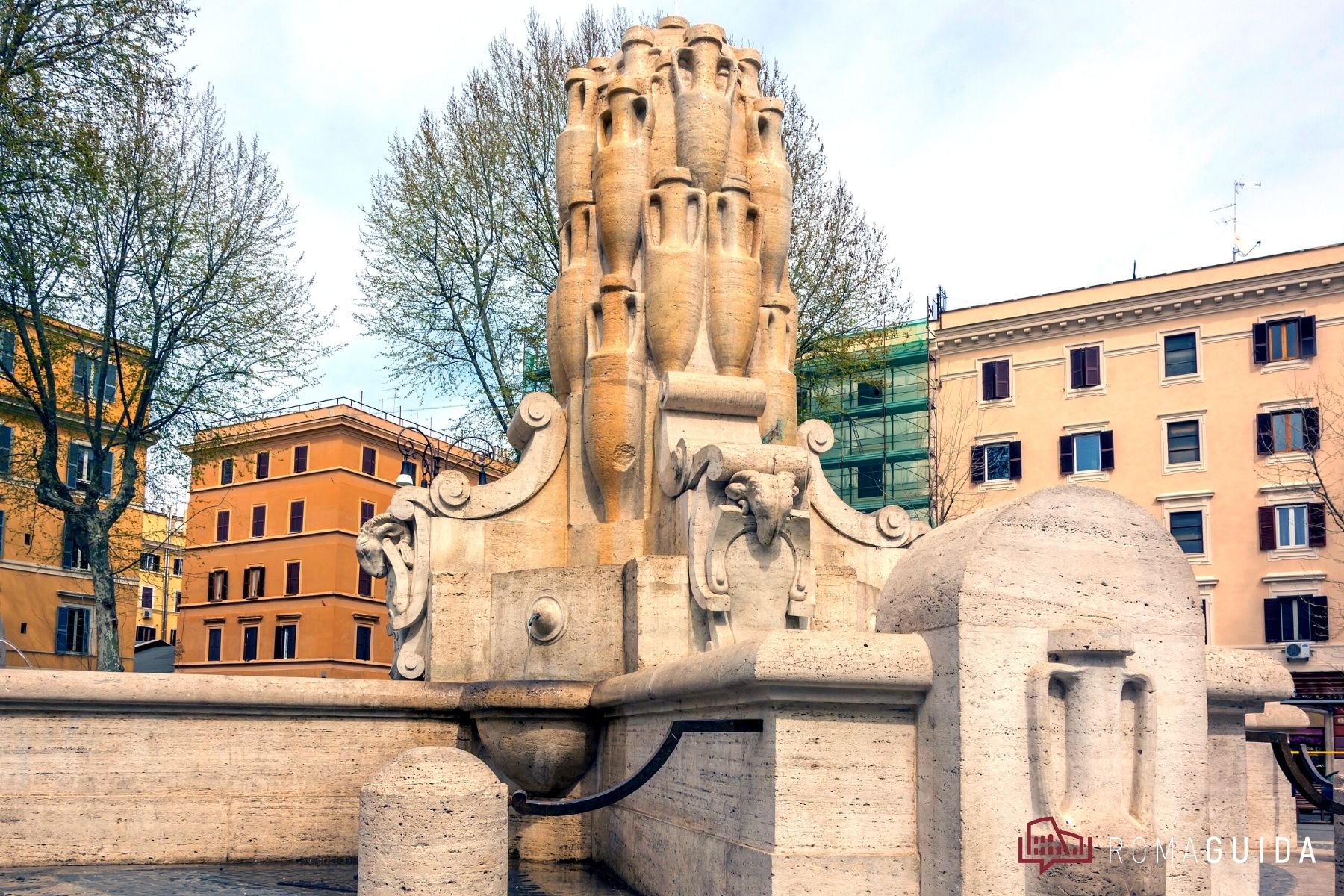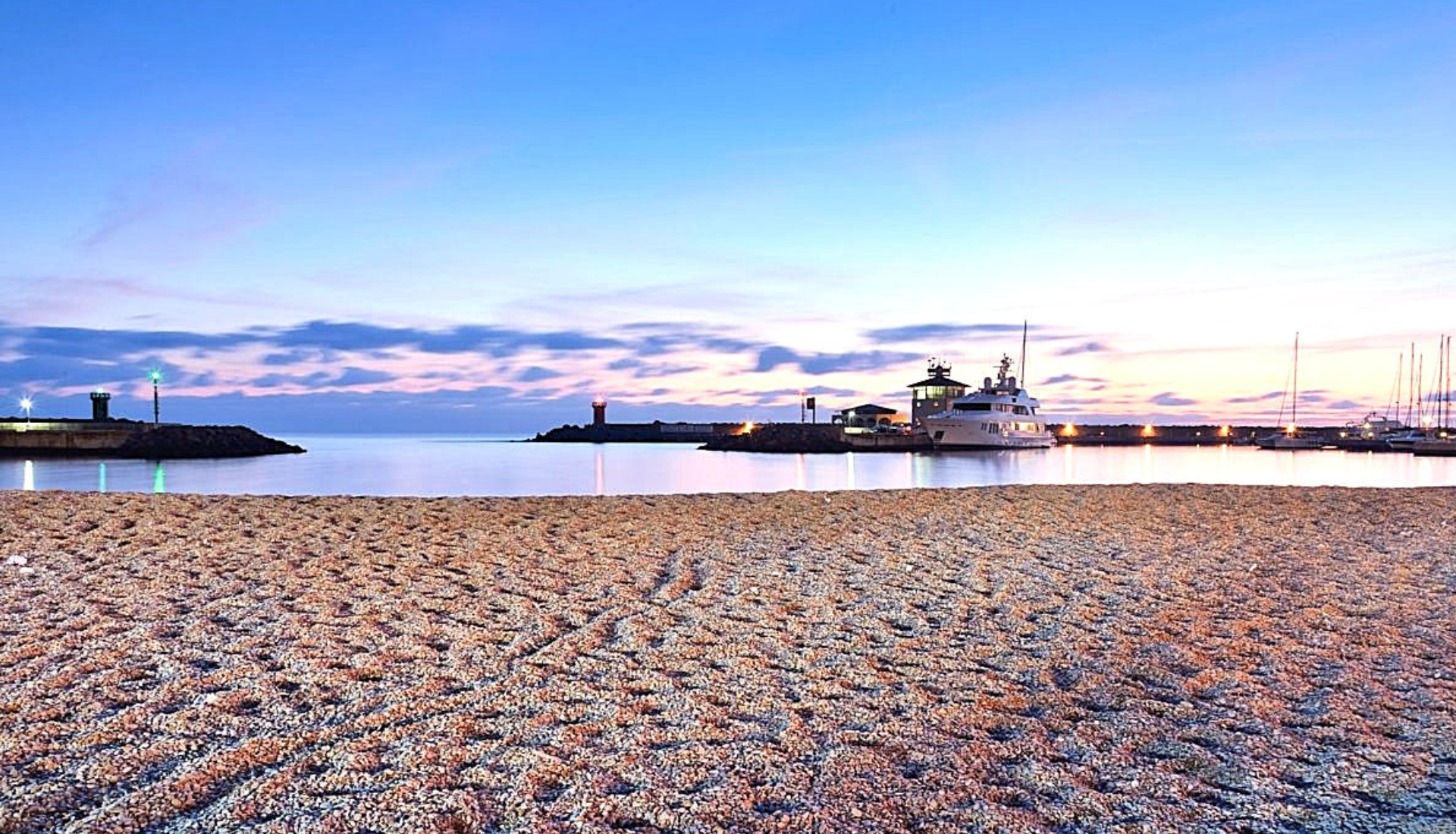The area’s design was based on the Garden City model ,developed by English architect Ebenezer Howard, the pioneer of the garden city movement. Is a “village district”, it has retained its calm, silence and popular aspect: the entire district is divided into “lots”, large surfaces occupied by buildings no higher than three floors that surround internal courtyards and gardens, meeting points for the population, with clothes drying racks, shops, cellars and low walls to sit on especially on warm summer evenings.
Garbatella District

Eur District

It is a very particular area: wide streets and gigantic white marble buildings make it a jewel in the crown of the entire metropolitan area. In recent years, both private construction and that intended for offices and shopping centers have increased exponentially, with the construction of very modern skyscrapers and buildings with original architecture. At the same time, EUR is a natural oasis made of greenery and large spaces in which to seek relief from the city smog. In its central part extends the so-called EUR Lake: a suggestive navigable location, with fountains, water games and a large park where there are delicious bars and various attractions for the little ones. The neighborhood is one of the most loved settings for cinema and advertising, thanks to the famous square Colosseum (the Palazzo della Civiltà), the Dazzi Obelisk dating back to 1959, the modern Obelisk by Pomodoro up to the famous Centro Congressi Italia with the fascinating Nuvola by Fuksas.
Testaccio District

Among the many districts of Rome that are worth visiting, the Testaccio District represents a window into the history of Rome. The name of the district comes from the hill of Monte Testaccio, an artificial hill composed of fragments of ancient amphorae. These shards testify to the important role that Testaccio had in the transportation and distribution of food in ancient Rome. In recent decades, Testaccio has undergone a transformation, going from an industrial district to a vibrant cultural center. The former slaughterhouses of Testaccio have been transformed into a complex of museums and exhibition spaces, known as “Macro Testaccio“. This evolution has brought new life to the district, attracting artists, musicians and creatives of all kinds.
The beach: Ostia Lido

At the San Paolo Metro stop you can take the train to Lido, which takes you to Ostia in less than 30 minutes The city is known for its beach resorts that were built in the area at the beginning of the 20th century, during the Unification of Italy, when the reclamation of the entire area that was once polluted was completed. The most beautiful things to see are undoubtedly the ancient fishing village, the Archaeological Park of Ostia Antica, the castle of Julius II, the salt mines that are said to be the first settlement of Ostia, the Roman theater, the coastal dunes, the seaplane base, the presidential estate of Castel Porziano and many other things that cannot be described; one of all the sunset, the sun that goes directly into the sea and creates plays of light with the sky and the water that are a spectacle not to be missed.
